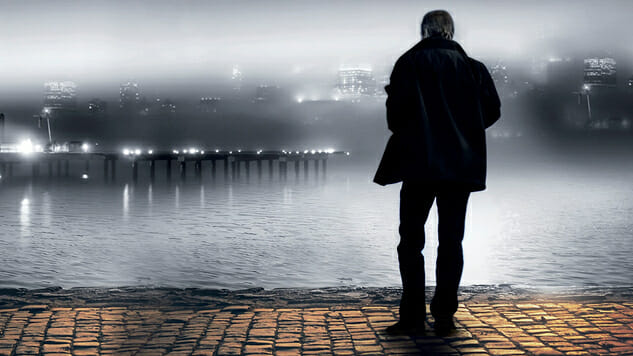In Jo Nesbø’s The Thirst, Detective Harry Hole Tracks a Twisted Killer

In The Thirst, detective Harry Hole—the unconventional, alcoholic, insubordinate, intuitive genius who’s battled sadistic murderers for 20 years—tangles with the killer who just might be the one who got away.
Though Hole himself would rather stay put in his post-retirement gig as a police academy lecturer, readers can rejoice that one of the most iconic protagonists of modern crime fiction is back on the beat. Credit the endlessly inventive Norwegian author Jo Nesbø for once again concocting a serial killer who outmatches the rest of the Oslo police, necessitating Hole’s reluctant and potentially self-destructive return to the force.
-

-

-

-

-

-

-

-

-

-

-

-

-

-

-

-

-

-

-

-

-

-

-

-

-

-

-

-

-

-

-

-

-

-

-

-

-

-

-

-

 The Thirst opens in Oslo, a city traumatized by a twisted and elusive killer who targets unsuspecting Tinder dates. Nesbø deploys the fashionable dating app as not only a potential trap for victims, but as a means to explore the psychological need for human connection—a theme that remains an undercurrent throughout the novel.
The Thirst opens in Oslo, a city traumatized by a twisted and elusive killer who targets unsuspecting Tinder dates. Nesbø deploys the fashionable dating app as not only a potential trap for victims, but as a means to explore the psychological need for human connection—a theme that remains an undercurrent throughout the novel.






































